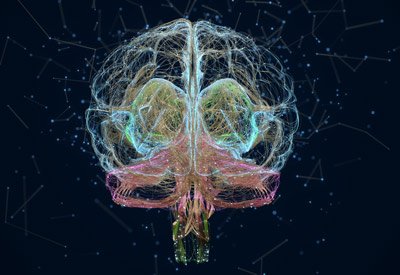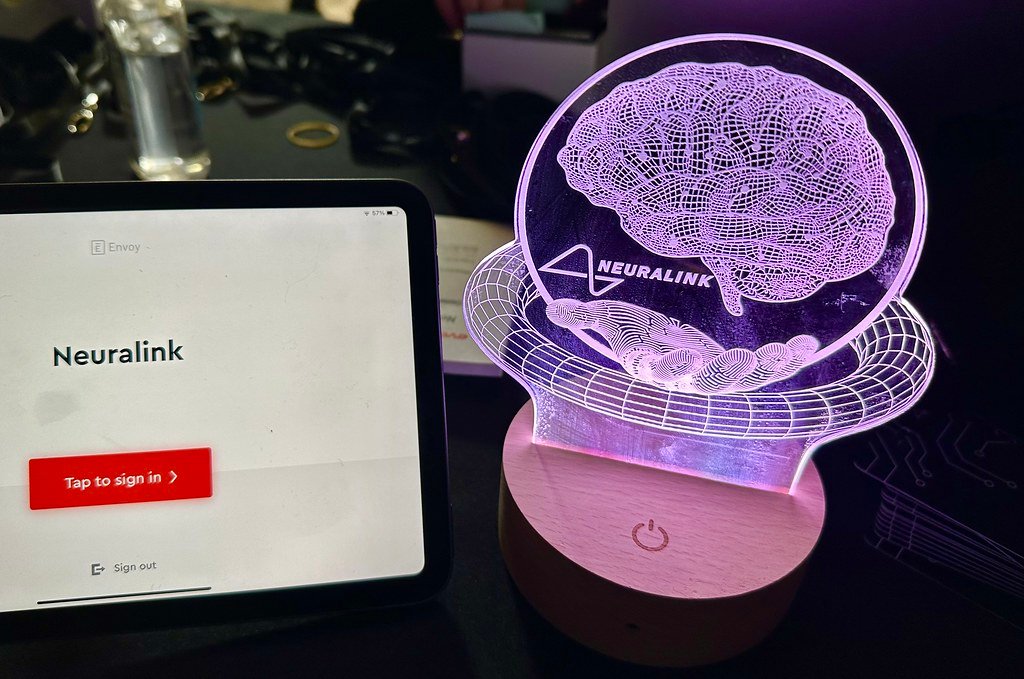Moving brain cells with light- seems like unfeasible, but after talking to Dr. Kyriakakis from Stanford, it seemed as if the impossible was truly possible. I had asked him a question that I thought was quite impossible, ” Can we actually control neurons like flipping a switch, just with light?” His response didn’t just answer my question-but instead helped me want to learn more about exciting areas in neuroscience: optogenetics.
Due to the revolutionary technologies that are developing, the field of optogenetics is continually growing! Research can now control brain activity, by just using light to activate or silence specific neurons. This technology has been the most groundbreaking way to study and influence the brain’s functions; additionally, the new advancements of AI are making it even more imaginable!
What even is optogenetics?
Optogenetics is a new cutting-edge advancement in neuroscience that uses genetic engineering and light-sensitive proteins which can control the activity of neurons with incredible precision. Scientists use viral vectors to insert genes which can encode opsin, light sensitive ion channels, into specific neurons. Once this has been expressed, these opsins respond to certain wavelengths of light. To trigger action potential, blue light (~470 nm) can depolarize the neuron, while yellow light (~590) can hyperpolarize it and inhibit firing. This then allows the researchers to either excite or inhibit neuronal activity in real time, using millisecond-scale optical stimulation- which can give a level of precision which has not been achievable before.
Optogenetics can be used to investigate a wide range of brain functions and disorders. By turning specific neurons on or off, researchers can map out neural circuits and study how different parts of the brain contribute to different behaviors, memories, emotions, and even diseases.
For example, by stimulating neurons in the hippocampus (a region where memory formation takes place), scientists can artificially activate or suppress certain memories in animal models. In other studies, targeting the amygdala (the brain’s fear center) has helped researchers understand how anxiety forms and fear responses. And in models of Parkinson’s disease, optogenetics has allowed scientists to restore movement by controlling circuits in the basal ganglia. This new level of precision has opened up possibilities for new treatments of neurological and psychiatric conditions, including depression, epilepsy, chronic pain, and addiction.
With thousands of neurons firing in complex patterns, analyzing brain activity can require more than just a microscope; this complexity brings a need of artificial intelligence. Machine learning algorithms can help decode brain signals, identify patterns in neural activity, and also guide light stimulation in real time. Optogenetics allows the scientists to predict how neural circuits can behave, how to adjust light stimulation automatically which can allow to optimize outcomes, and even create a closed-loop system where the brain’s response to stimulation and controls the next round of light pulses.
Talking to Dr. Kyriakakis helped me realize that optogenetics isn’t just about curiosity- it’s about control. The new advancements in technology is allowing us to move from observing the brain to actively interacting with it. As AI keeps evolving, optogenetics is becoming even more powerful-and possibly one of the most important tools to understand what makes us humans, humans.
A single question—”Can we actually control neurons like flipping a switch, just with light?“—led me down a path I never expected. Learning about optogenetics has shown me that what sounds impossible today may be the foundation of tomorrow’s breakthroughs.
By merging biology, engineering, and data science, we are beginning to unravel the brain’s secrets—and maybe even rewrite the rules of how we treat disease, interact with technology, and understand ourselves.
Subscribe to our newsletter!



